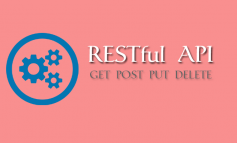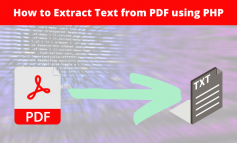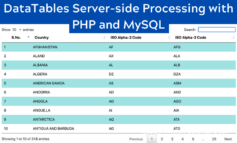When diving into the world of object-oriented programming (OOP) in PHP, design patterns emerge as game-changing tools. They provide tested, proven solutions to common programming problems. One of the most frequently used patterns in PHP (and indeed in OOP generally) is the Factory Design Pattern.
What is the Factory Design Pattern?
Imagine walking into a toy factory. Instead of creating each toy by hand, the factory has specialized machinery to produce them in large numbers. Similarly, in the realm of software, the Factory Design Pattern is all about creating objects without specifying the exact class of object that will be created.
In simpler words, instead of creating an object using the new keyword directly, a factory class provides a method to create and return the object.
Why Use the Factory Design Pattern?
- Flexibility: The factory pattern lets you create objects at runtime, based on certain criteria or conditions.
- Organization: It groups object creation logic in one place, making the codebase cleaner and more manageable.
- Scalability: If you need to introduce new object types or change object initialization in the future, a factory can centralize these adjustments.
Factory Design Pattern in Action (PHP Example):
Suppose you’re building a simple application to manage various types of user notifications: Email and SMS.
Without Factory Pattern:
if ($notificationType === 'email') {
$notification = new EmailNotification();
} elseif ($notificationType === 'sms') {
$notification = new SMSNotification();
}
With Factory Pattern:
class NotificationFactory {
public static function createNotification($type) {
switch ($type) {
case 'email':
return new EmailNotification();
case 'sms':
return new SMSNotification();
default:
throw new InvalidArgumentException("Notification type not supported.");
}
}
}
$notification = NotificationFactory::createNotification($notificationType);In the latter example, the NotificationFactory class is responsible for creating and returning the correct notification object. If, in the future, a new notification type like “PushNotification” needs to be added, you only have to modify the factory class, ensuring your application remains scalable and easy to maintain.
In Conclusion
The Factory Design Pattern in PHP is like a trusted craftsman in the realm of software, ensuring objects are created efficiently and consistently. As your PHP applications grow in complexity, patterns like these will be invaluable. They not only streamline code but also make future changes and additions a breeze. Embrace the factory, and watch your PHP development process transform!



Leave a Reply